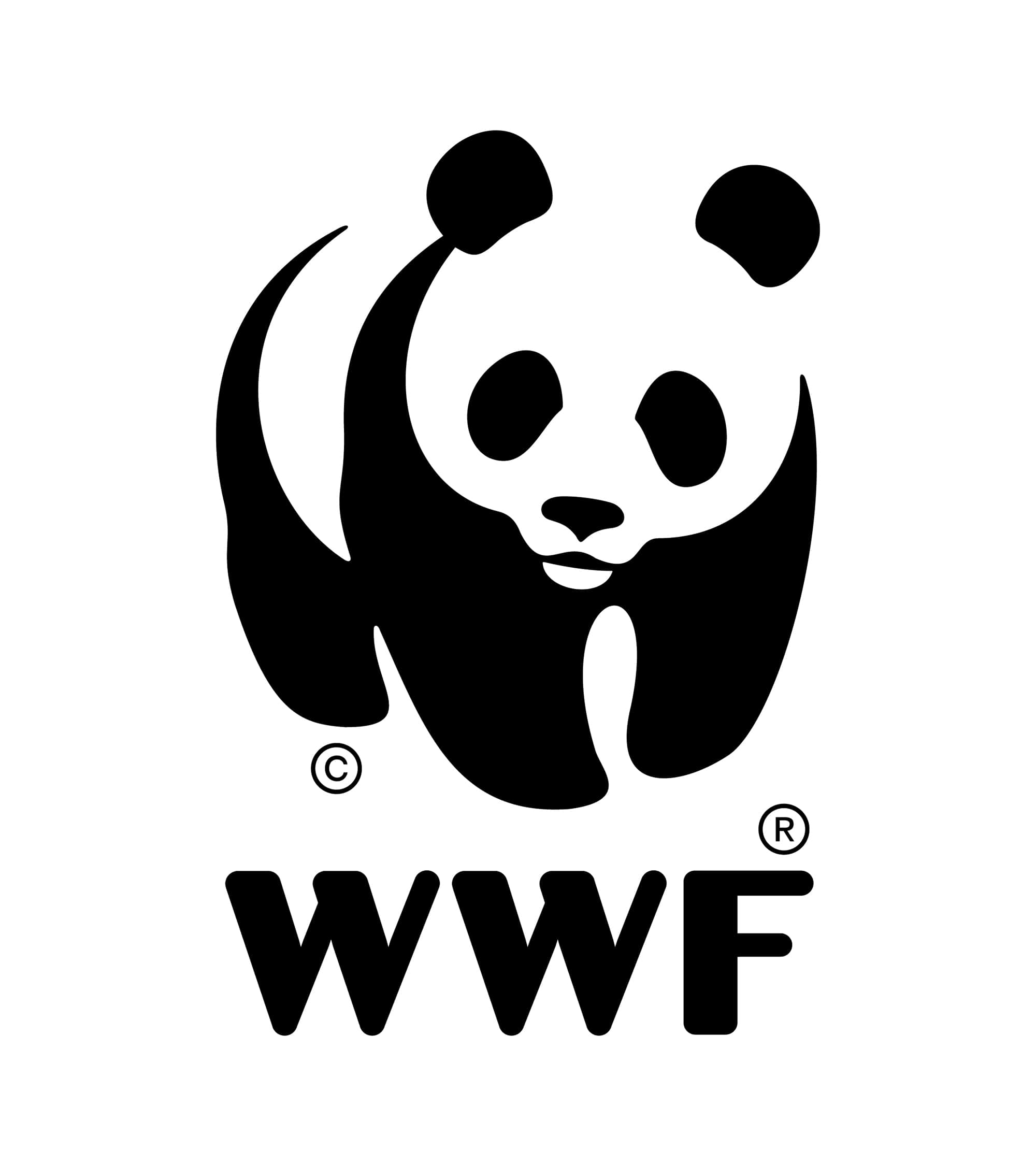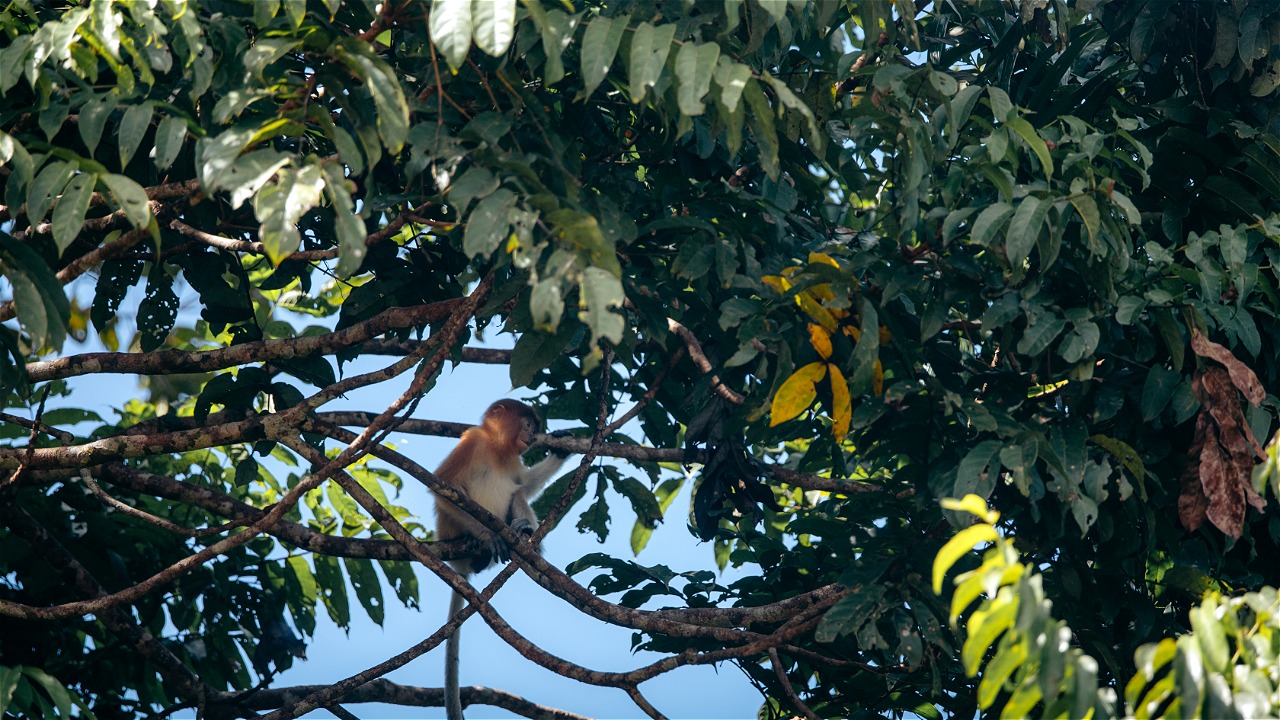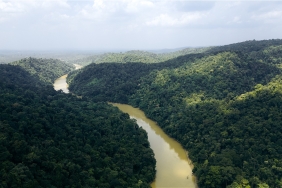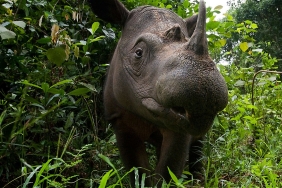THE JEWEL OF CENTRAL BORNEO
Indonesia with its beautiful landscapes, unique art and cultural diversity, is a majestic travel destination. The country offers insurmountable nature wonders, mystical culture and adventurous journey for every kind of travellers. In return, tourism sector has contributed to Indonesia’s income with 7.4 billion US dollar revenue recorded on 2008.
Ecotourism has begun to gain more attention, as it offers natural beauty and pristine cultural heritage especially for tourists with an appetite for adventure. Travellers usually stay in basic accommodation or hosted by local community, giving them chance to experience local life and customs. And because it offers natural environment as its main attraction, eco-tourism can work together with conservation efforts.
WWF-Indonesia works with government to support community social and economic development. Eco-tourism is one example of the beneficial collaborations. WWF-Indonesia’s vision is to conserve Indonesia’s biodiversity for todays and future generations. Using this logic, WWF-Indonesia actively promotes Central Kalimantan eco-tourism potential and endorses community involvement in such program.
Heart of Borneo possesses insurmountable eco-tourism potential. The area hosts splendid flora and fauna in unique ecosystems inhabited by orangutan, owa-owa, sun bear, tingang bird, and clouded leopard. It is also home to pristine culture heritage. From conservation point of view, the area is very significant because it is the upper stream of Borneo’s 5 big rivers and the artery of Borneo’s economic life.
Environment not only provides economic benefits but also provides us with environmental services such hydrological balance, fresh air, carbon storage and eco-tourism opportunity. It is hoped that environmental service payment concept applied through eco-tourism scheme will benefits community and provides them with conservation knowledge.
Eco-tourism grows faster than other type of tourism—especially in the last few years—making eco-tourism promotion is crucial. With a 10% growth rate according to World Travel Tourism Council (WTTC) report on 2000. This opportunity should be taken as a way to excel economic development while at the same time conserve the nature.
As initial step to achieve the purpose, a travel guide book is needed. Central Kalimantan Eco-tourism book “Mutu Manikam di Jantung Kalimantan” provides information about access, accommodation, budget estimations and all information needed by traveller to visit the place.
The book also provides information on locations outside of Heart of Borneo such as Sebangau National Park. The national park—located in three areas Palangka Raya, Katingan District, Pulang Pisau District—is an example of WWF productive collaboration with Central Kalimantan Government and Directorat General of Forest Protection and Nature Conservation to restore peat forest ecological function in Central Kalimantan.
National Park with its rich biodiversity is an ideal location for eco-tourism. It has a lot of potential especially since the trend shifted from mass tourism to special interest/alternative tourism.
Sebangau National Park can be easily accessed using land or water transportation, and it is established as the gate to Heart of Borneo since 2007 by Central Kalimantan government. Ever since 2002, hydrology restoration and peat forest has shown significant progress. More than 1000 hectare critical land planted with endemic tree species, providing livelihood to community who previously exploited natural resources rather than preserving it.





